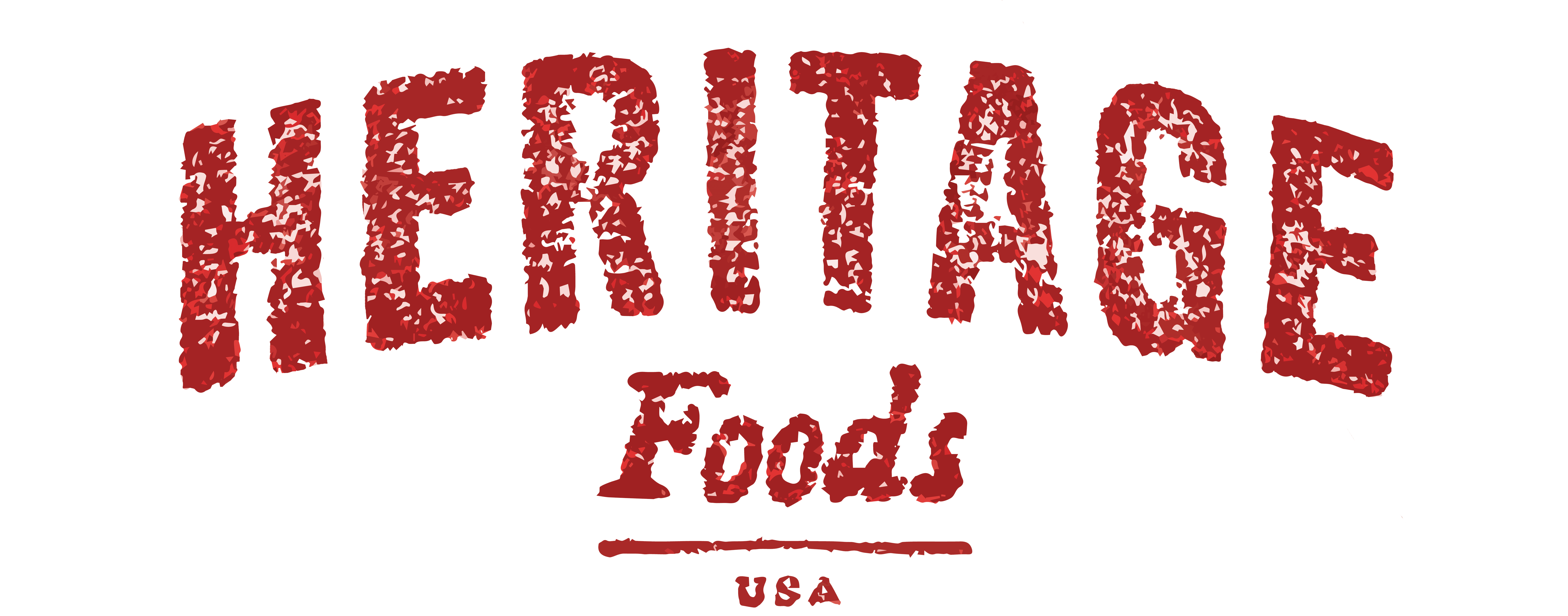
CESARE CASELLA – OLD WORLD MEETS NEW, PART 2: THE LEGEND OF THE NORCINI
News of the Heritage Foods partnership with master curemaster, chef, educator, and guru Cesare Casella has spread like wildfire — Cesare is a leader in the new movement for Heritage American charcuterie, and no one is more excited than, well, Cesare!
“The lardo, the rosemary, the juniper berries, the curing salts, those smells are inside my head,” says Cesare. “They are part of me. It’s like being an alchemist. The norcino salumiere transforms the butchers’ meat into something traditional and beautiful. That is what I want to do. And for me, it’s family. Tending the salumi as they age is like caring for my pets as they grow up and mature. They become my best friends!”
The tradition of the norcini started in the town of Norcia in Umbria, high in the Apennines, a place famous for its cured meats. Farming conditions were poor in the mountains, so Norcians ate what they had plenty of, which was the cinghiale, or wild boar, that roamed the forests. They also raised their own pigs, then cured the meats so it would keep for long periods, an art that evolved over the centuries. In time, the norcini became so expert, their art was recognized both by the state and by the Catholic Church. After the trade group, the Confraternita Norcina was founded in 1615, it received the blessing of Pope Paul V. The norcini were considered so skilled, they were allowed to practice surgery, dentistry and bone setting.
The original norcini typically traveled in pairs. There was the butcher who cut up the meat and broke it down, and the salumiere, who turned that meat into salumi. Together, the norcini made the salumi for every season, from fresh sausage for the next day, to prosciutto for the following year. Each duo had its own routes and loyal farmers that it serviced year again and again, and as the men crisscrossed Italy, they carried with them the secret recipes and processes for creating prosciutto and salumi. There were generations of norcini who passed along their secrets to their apprentices who in turn cared for the same family farms decade after decade.
After World War II, as pig farming became industrialized, the norcini began to fade from the Italian countryside, and the visits made to the Casella family and Vipore grew more and more rare. Eventually Cesare took on some of the butchering and salumi-making and also worked with local butchers to get the flavors he wanted for Vipore. His platters of cacciatorini, finocchiona and sopressata became one of the restaurant’s trademarks.
The tradition of the norcini and the flavors and smells of salumi-making in the Italian countryside are what Cesare is drawing on with Casalla’s Salumi Speciali. He is working with farmers dedicated to raising pork as the Norcians did for centuries. Their pigs, he likes to say, are happy pigs. They roam pastures freely. They run around and they roll in the mud. They loll. They’re not dosed with antibiotics. When Cesare makes prosciutto, he cures it on the bone, just as the Norcians did, for that deep, authentic nutty flavor. Just like the norcini, Cesare has his own special recipe for the spices to make his salami and prosciutti.
